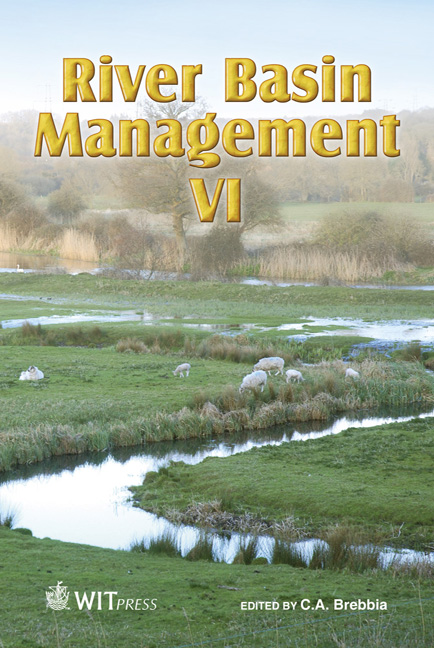Critique Of Decentralized Political Structures In Water Resource Management In Tanzania: The Case Of Pangani River Basin
Price
Free (open access)
Transaction
Volume
146
Pages
13
Page Range
341 - 353
Published
2011
Size
1,166 kb
Paper DOI
10.2495/RM110291
Copyright
WIT Press
Author(s)
T. R. Olemako, P. K. T. Munishi & R. M. J. Kadigi
Abstract
Tanzania adopted the river basin model in 1950s and declared it as an essential feature for economic development. Since 1990 management of water resources in Tanzania is based on the nine river basins that do not follow administrative boundaries as defined under the system of decentralized political structures. Water is a key resource in the river basin; however, it is not a driver of economic development. Drivers of economic development are outside the water sector such as energy, agriculture and mining. The non-water sectors fall under decentralized political structures from the central government ministries, regional administration to local government authorities. The system of political structures cut across different varieties of governance from central to local government levels. Variance in governance under these structures has intensified water scarcity and as an institutional and legal tool is more rhetorical rather than practical. Total water withdrawal in Tanzania is estimated to be 5,142 million m3 out of which agriculture development consumes more than 85% and the rest accounts for the domestic sector, livestock development and industry. Water scarcity hinders the effectiveness of the adopted river basin model as competition of water use between hydropower production and irrigation is intense. This paper addresses the main questions as to what effects
Keywords
political structures, decentralization, institutions, Tanzania, Pangani, river basin, water scarcity





